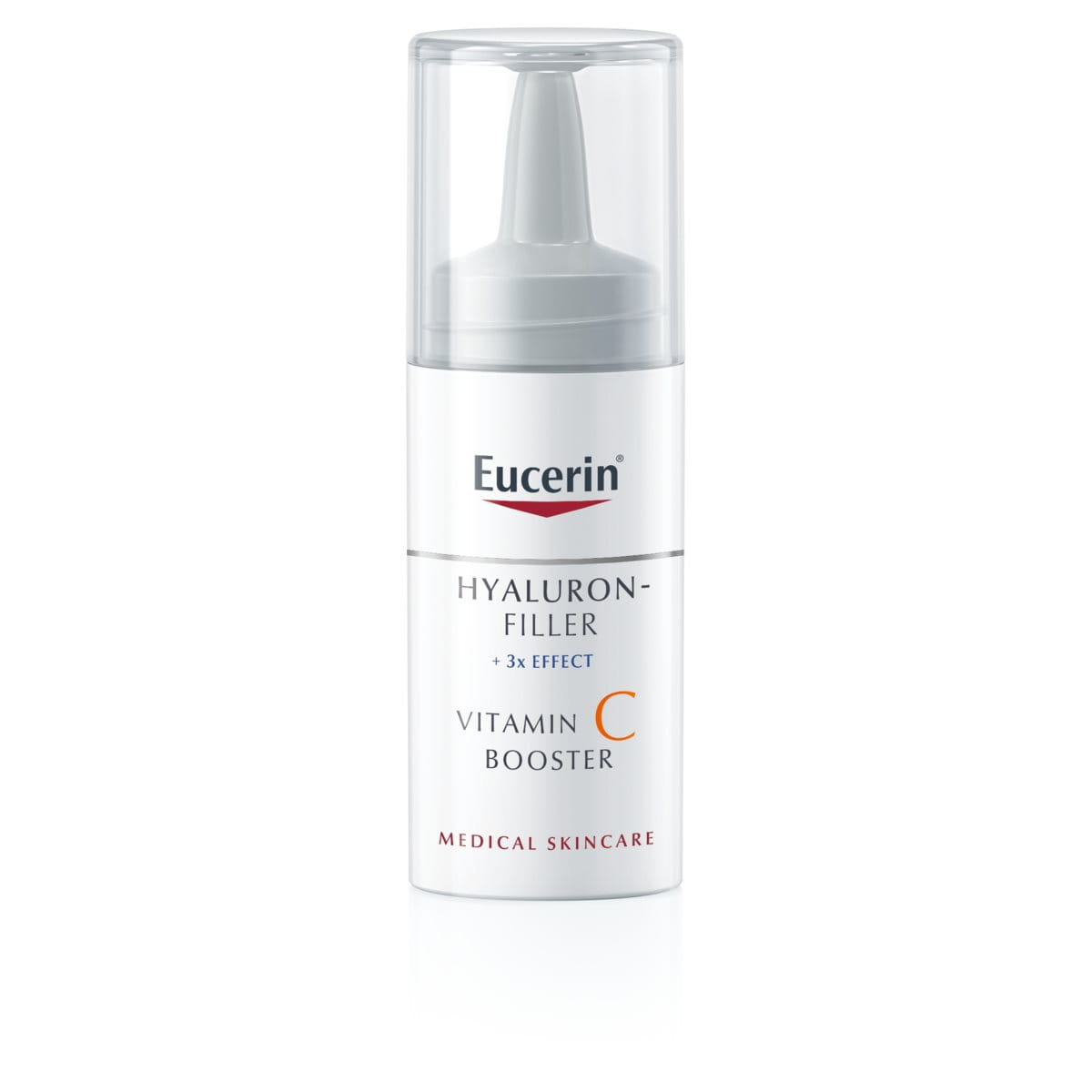Atopic Dermatitis can appear anywhere on the body. This article identifies the areas most likely to be affected and outlines the causes and triggers and how to care for atopic skin.
What parts of the body are most commonly affected by Atopic Dermatitis?
Some parts of the body are more exposed to environmental factors than others: our hard- working hands are washed regularly and are the most likely part of our body to be exposed to chemicals. This type of exposure makes skin susceptible to Atopic Dermatitis. Age is another factor that influences the location of the disease.
Let’s take a look at some of the areas most commonly affected:

Face and neck: Facial Atopic Dermatitis is common in babies and children and appears on the cheeks, behind the ears, in the neck folds of babies and in the delicate area around the eyes. You can find out more in Facial Atopic Dermatitis and Atopic Dermatitis on the eyelids.
Head and scalp: Seborrheic Dermatitis (often known as Cradle Cap) is common in babies but adults can also experience Atopic Dermatitis on the scalp. Read more in Atopic Dermatitis on the scalp.
Hands: More common in adults than in children, Atopic Dermatitis on the hands is often triggered by a reaction to the chemicals, frequent washing and or temperature changes that hands are exposed to. Find out more in Atopic Dermatitis on the hands.
Arms and legs: Babies and children are particularly effected by Atopic Dermatitis on the arms and legs. Find out more in Atopic Dermatitis in babies and children.
What causes and/or triggers Atopic Dermatitis on different parts of the body?
Atopic Dermatitis is an inflammatory dry skin disease. It is largely genetic and is linked to a compromised skin barrier function and immune system. Once someone has the underlying disease, there are many different factors that can trigger symptoms. Find out about them in Understanding Atopic Dermatitis.
Environmental irritants and allergens can trigger a reaction in those already disposed to Atopic Dermatitis, and − in some instances − can cause a similar reaction in people who have not experienced atopic skin in the past. This is often the case in Contact Dermatitis on the hands and sometimes in the case of Atopic Dermatitis on the eyelids. Read more in Atopic Dermatitis on the hands and Atopic Dermatitis on the eyelids.
How should I care for atopic skin on different parts of the body?

Because there is no known cure for Atopic Dermatitis, the best way to care for skin is to identify and avoid potential triggers so that you can delay and reduce symptoms. Read more about some to the steps you can take in Understanding Atopic Dermatitis.
Medical treatment and a regular and effective skincare routine can also help to manage symptoms. Atopic Dermatitis has two distinct phases:
- The acute phase when skin flares-up and is at its most irritable. You can read more about this phase in Identifying and managing flare-ups.
- The non-acute phase between flare-ups when skin is calmer. You can read more about this phase in Understanding Atopic Dermatitis
The care you give your or your child’s skin should be adapted to each phase and to the part of the body it appears on. Find out how to care for atopic skin in How to care for young atopic skin and how to care for adult atopic skin. For advice on how to care for specific parts of the body read Facial Atopic Dermatitis, Atopic Dermatitis on the eyelids, Atopic Dermatitis on the head and scalp and Atopic Dermatitis on the hands.
Our brand values

We deliver a holistic dermo-cosmetic approach to protect your skin, keep it healthy and radiant.

For over 100 years, we have dedicated ourselves to researching and innovating in the field of skin science. We believe in creating active ingredients and soothing formulas with high tolerability that work to help you live your life better each day.

We work together with leading dermatologist and pharmacist partners around the world to create innovative and effective skincare products they can trust and recommend.







